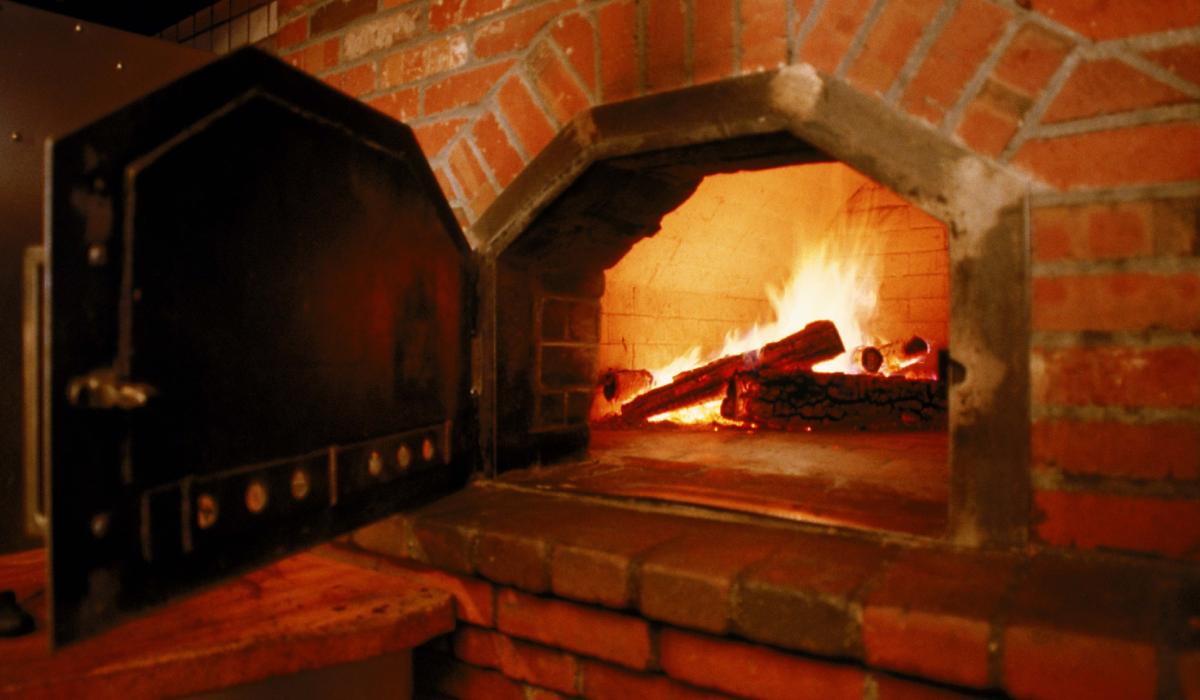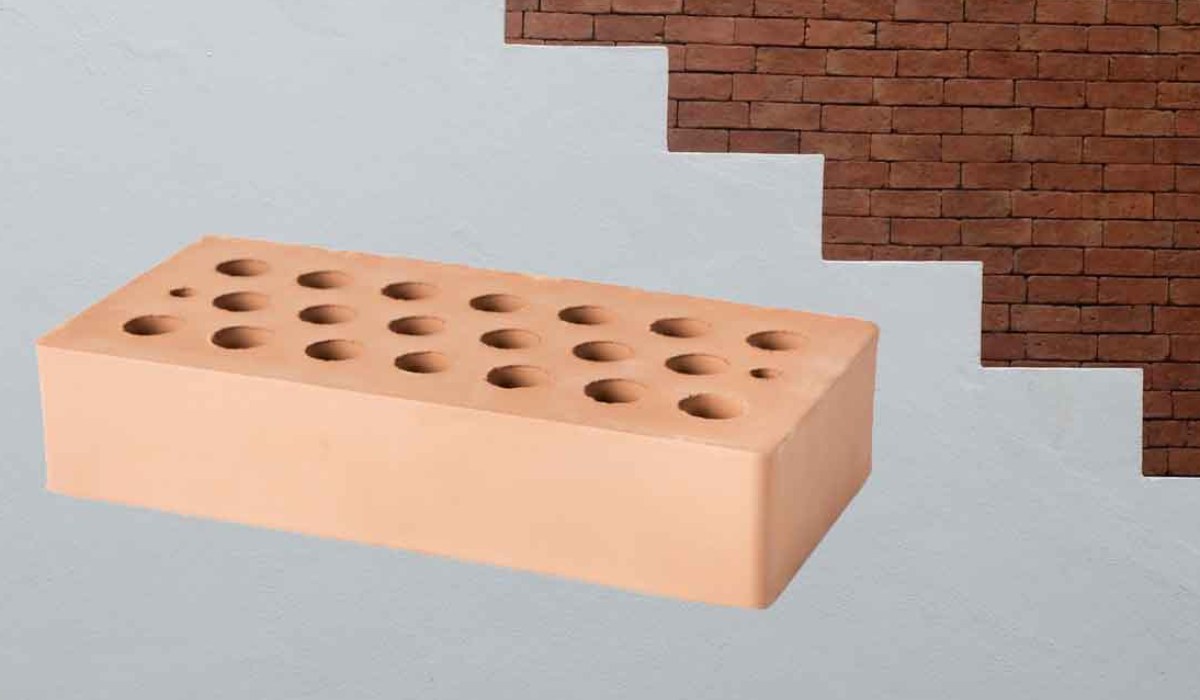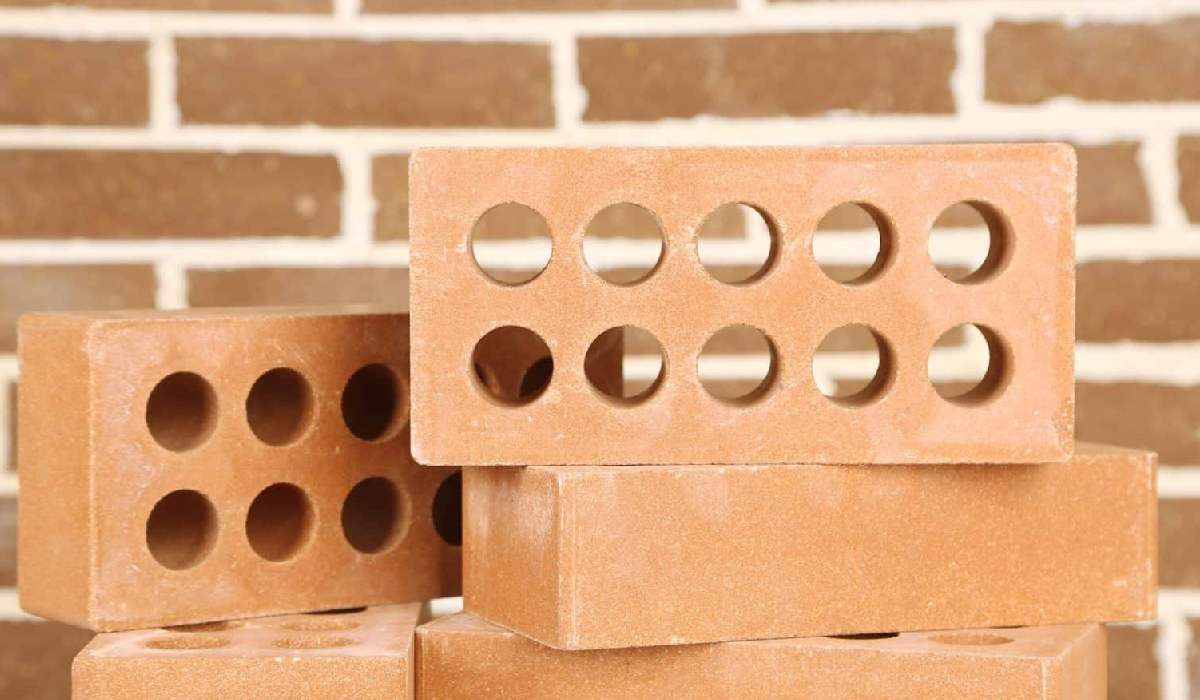Fire brick vs normal brick: Due to their special properties, firebricks have different uses than building bricks. These properties are due to the differentiation of raw materials and their combination in making these bricks. In this article, we introduce and compare the features of each Refractory bricks are blocks of refractory ceramic materials that are used for porcelain walls or lining fireplaces, fire boxes and furnaces. These bricks differ from ordinary building bricks due to their ability to withstand heat up to 1800 degrees Fahrenheit (about 1000 degrees Celsius). The chemical composition of dense firebricks and ordinary bricks, as well as the color, shape and heat conductivity of firebricks and ordinary bricks are also different from each other. Refractory bricks have fireproof and refractory properties and for this reason they are also known as fireplace or oven bricks. These bricks are used in the construction of cooking ovens, wood-burning stoves and ovens, fireplaces and other places exposed to high temperatures. Another important use of firebricks is lining small or large industrial furnaces.  These bricks are heavy and have very low porosity. On the other hand, ordinary bricks or the bricks used in construction have higher porosity and begin to disintegrate and decompose at a temperature of 1200 degrees Fahrenheit (650 degrees Celsius). The chemical composition of refractory bricks includes 23% alumina and 73% silica, and the remaining percentages are made up of iron oxide, titanium and other metal oxides. The main chemical composition in ordinary bricks consists of silica, alumina, magnesium, limestone, iron oxide and alkali materials. If the required amount of each of these ingredients is left out of the composition, it will cause serious damage to the brick. The percentage of these compounds is somewhat flexible in the case of ordinary bricks, while refractory bricks have a much higher sensitivity to the percentage of these materials.
These bricks are heavy and have very low porosity. On the other hand, ordinary bricks or the bricks used in construction have higher porosity and begin to disintegrate and decompose at a temperature of 1200 degrees Fahrenheit (650 degrees Celsius). The chemical composition of refractory bricks includes 23% alumina and 73% silica, and the remaining percentages are made up of iron oxide, titanium and other metal oxides. The main chemical composition in ordinary bricks consists of silica, alumina, magnesium, limestone, iron oxide and alkali materials. If the required amount of each of these ingredients is left out of the composition, it will cause serious damage to the brick. The percentage of these compounds is somewhat flexible in the case of ordinary bricks, while refractory bricks have a much higher sensitivity to the percentage of these materials.
- how to tell if a rick is a fire brick
Compression resistance test: This test is done to measure the compressive strength of bricks. This test is also known as resistance to brick brittleness (brick crushing resistance test). Often, 5 brick molds are selected for testing. In the laboratory, a brick or clay is placed under a machine (crusher) to break, and the maximum pressure at which the brick begins to crack is recorded. This test is also performed on another brick and the result is 5, which is considered as the compressive strength or resistance to brittleness of the brick. 
- how much heat can a regular brick withstand
Ordinary brick is usually used as an insulating material. However, ordinary dense firebrick has relatively high thermal conductivity. The thermal conductivity of the dense refractory brick used to cover fireplaces is 1.40 W/mK (W/(m_K)). There are low-density firebricks that are used to line areas that are not subject to impact, such as furnaces. These refractory bricks, which are made of a silica ceramic, have a thermal conductivity of 0.24 W/(m_K). Common brick, a brick that can withstand high temperatures, is used to line chimneys, stacks, furnaces, and fireplaces. Generally, such bricks have a high melting point, ranging from about 2,800 degrees Celsius (1,540 degrees Celsius) for refractory clay to 4000 degrees Celsius (2200 degrees Celsius) for silicon carbide.
- what can i use instead of fire bricks
Perforated bricks: This brick has many cylindrical holes drilled along the length of the brick. They are very light weight. Bologna brick: These bricks are made with rounded corners. Limestone: This brick contains a lot of iron. They are used in underground applications. Plastic bricks: These bricks are used to cover individual walls. Hollow brick: About one-third the weight of ordinary brick, this is mostly used in partition walls where load-bearing is not required. Cast bricks are classic brick kilns that are turned into clay by pressing clay, and then dried and fired in kilns. It is a very old building material - the type of brick found in many of the world's ancient structures. In appearance, these bricks are solid blocks of hard gray, usually reddish-yellow in color. Cast clay bricks are typically sold in four grades, with the first grade offering the best quality and greatest strength. These heavy dirty bricks do not have any noticeable defects, but they will also cost more. Sand brick (also known as calcium lime brick) is made by mixing sand, fly ash and lime. Pigments may also be added for color. Then the mixture is pressed into bricks; The materials are bonded together by a chemical reaction that dries as wet bricks under heat and pressure. However, these bricks are not fired in kilns in the same way as fired bricks. Sand bricks can have some advantages over clay bricks such as: Their color appearance is usually gray instead of red. Their shape is uniform and provides a smoother surface that does not require plastering. These bricks have excellent resistance for load-bearing structures. When pigments are added, bricks can be used for decorative purposes. Less mortar is needed during construction. The edges are straight and precise, making the construction easier. Bricks do not remove salt and minerals. Concrete bricks are made of solid concrete and are gaining popularity among homeowners. Concrete bricks are usually placed in the facade of the building, fences and have a good aesthetic presence. These bricks can be manufactured to produce different colors if pigments are added during production. Concrete bricks should not be used in underground application. 
- how to make fire bricks for wood stove
Brick is a widely used material that is divided into different types according to how it is baked and prepared. Of course, one should not ignore the primary materials that make up it, which are effective in dividing bricks in terms of gender. In this article, we will discuss the stages of making and producing bricks. Brick making methods In terms of how, bricks are produced in two ways, wet and dry, which will be as follows: The method of producing bricks in different ways: This method of preparing bricks is divided into four different ways, each of which has its own conditions and factors. Traditional method of making bricks In this method, as the name suggests, everything is traditional, from clay preparation, molding, spreading in the sun to dry and stacking in the oven, as well as baking, is done completely manually and by human power. In the not-so-distant past in Iran, bricks were prepared in this way, but for several decades, this form of brick preparation has become almost obsolete. Dry sun machine method In this method, the mud preparation and molding operations are done by the machine and in a semi-automatic way, but the drying of the bricks is done in the sun and in a traditional way. The baking operation is also done in Hoffman furnaces, which often work with black oil or natural gas.  (The method of making bricks in Iran is often like this.) This method is completely similar to the previous method in terms of the production mechanism, with the difference that the drying process also takes place in furnaces with natural gas, oil or diesel fuel. Fully automatic method of brick production In the fully automatic method, all tasks such as crushing, molding, drying, stacking the bricks on the wagon of the tunnel furnace, unloading from the wagon and loading in the truck are done fully automatically.
(The method of making bricks in Iran is often like this.) This method is completely similar to the previous method in terms of the production mechanism, with the difference that the drying process also takes place in furnaces with natural gas, oil or diesel fuel. Fully automatic method of brick production In the fully automatic method, all tasks such as crushing, molding, drying, stacking the bricks on the wagon of the tunnel furnace, unloading from the wagon and loading in the truck are done fully automatically.
